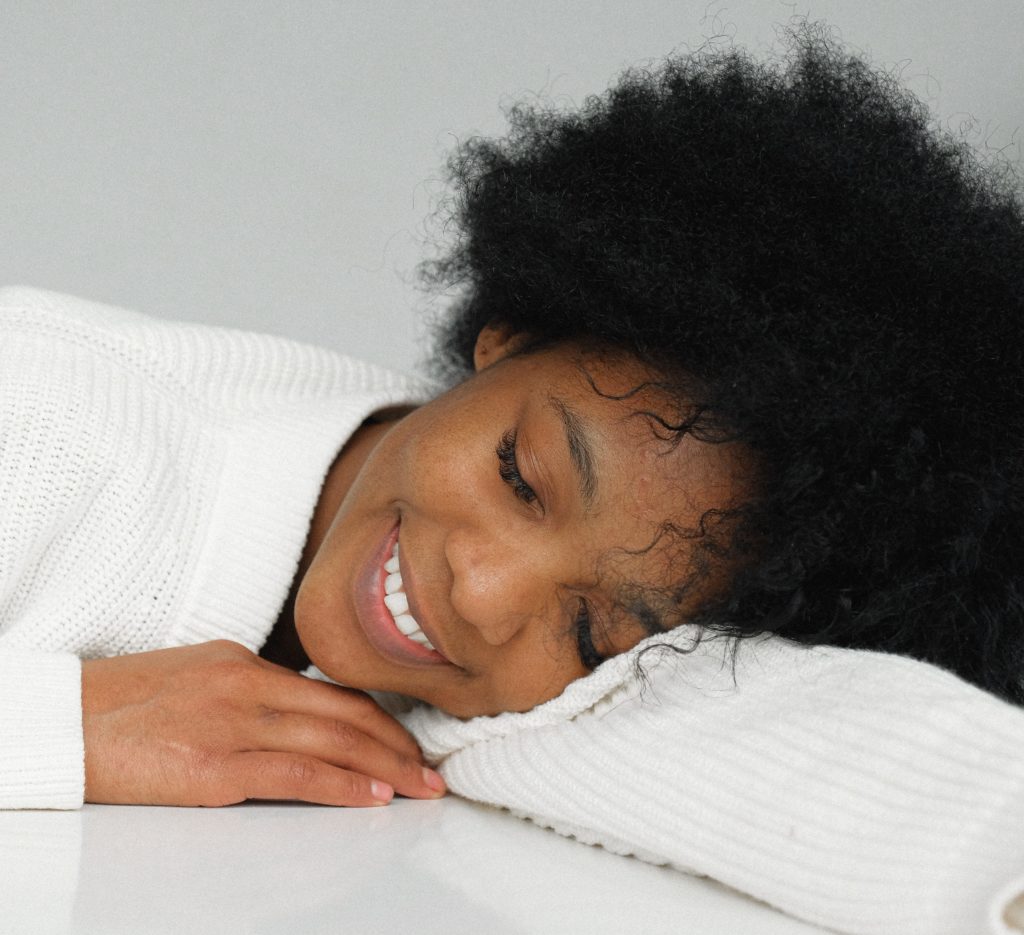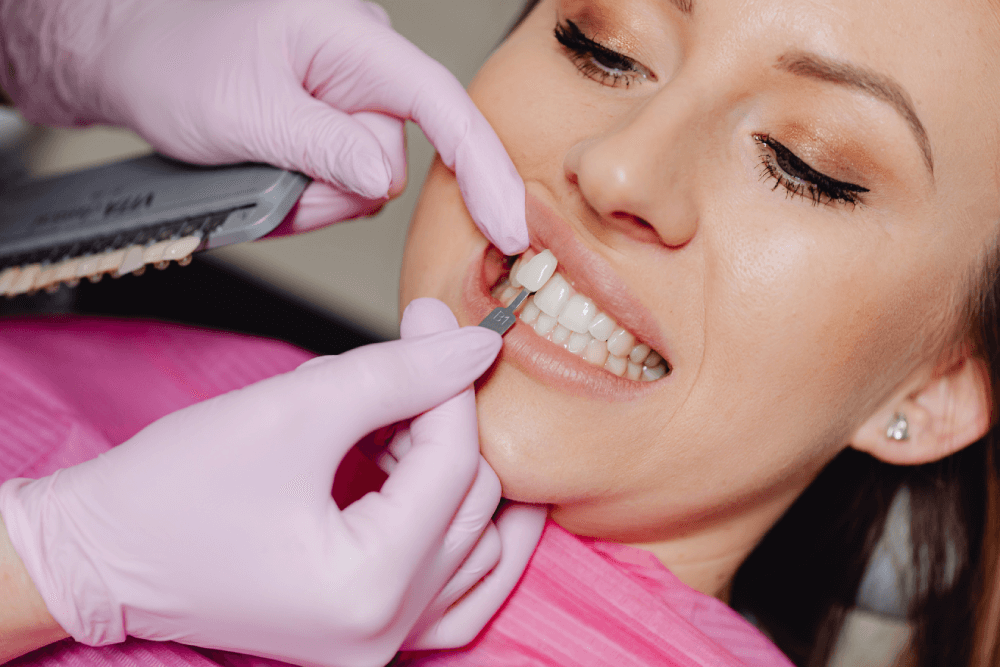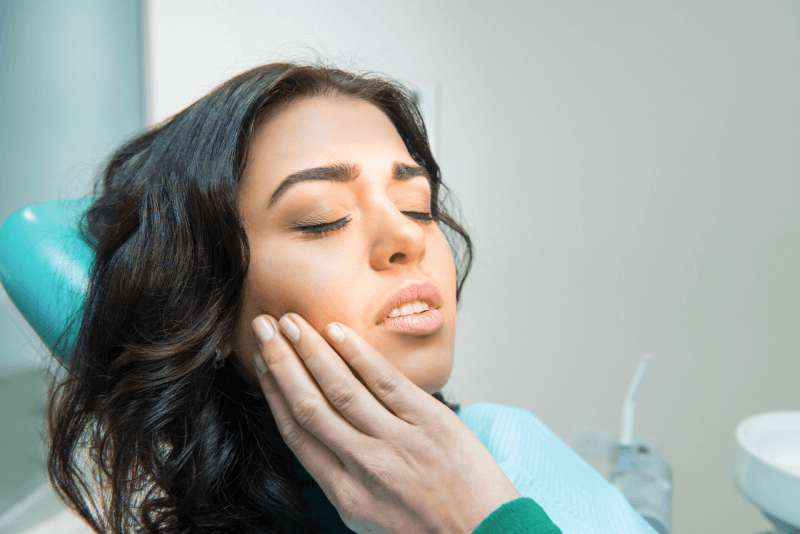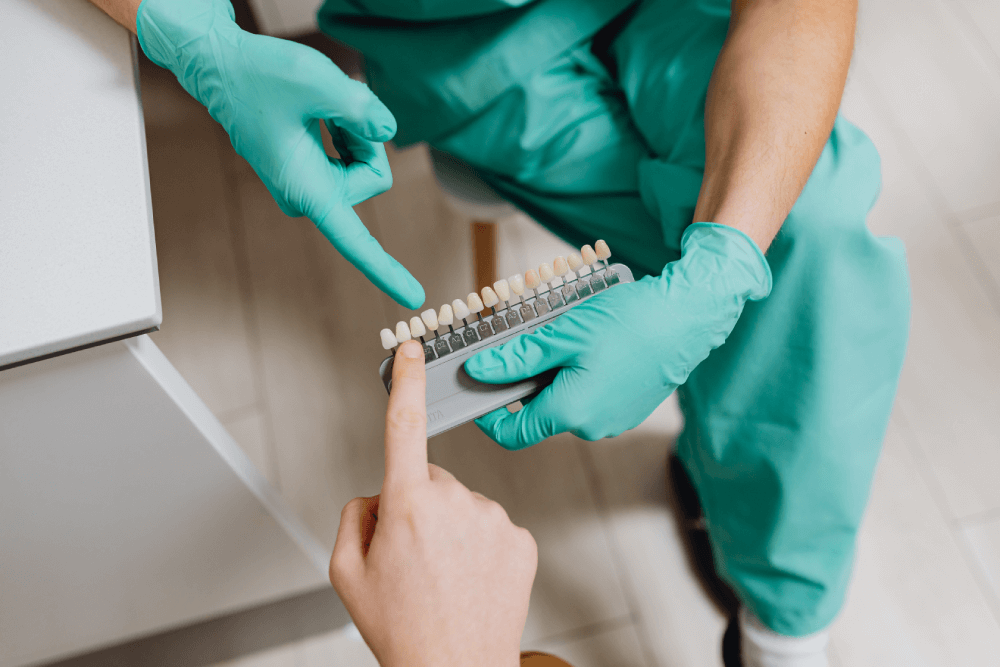
You have probably heard of obstructive sleep apnea or OSA. However, far fewer people know about hypopnea, a closely related condition that is also characterized as a sleep disorder. Both are relatively common and can cause patients to experience a range of unpleasant and sometimes debilitating symptoms. Fortunately, there are also things that you can do to help prevent either condition from occurring.
What is hypopnea?
Hypopnea is a term given to describe a condition where the patient has overly shallow breathing or an abnormally low respiratory rate. Although it most often happens at night while you are asleep, it can occasionally occur during the day. Unlike OSA, hypopnea is characterized by just a partial blockage of air traveling through the airway. As a result, during an episode of hypopnea, there is a decrease in airflow for at least 10 seconds in respirations, a 30% reduction in ventilation, and a decrease in oxygen saturation.
What are the main differences between obstructive sleep apnea and hypopnea?
The key difference between these two sleep disorders is the level to which the patient’s breathing is interrupted. In patients with apnea, the muscles and soft tissues in their throat relax to the point that the airway becomes completely blocked for 10 seconds or more. However, in hypopnea, the airway is only partially blocked, leading to a decrease in respiratory rate and related functions rather than total abstinence from breathing.
Since hypopnea is classified as a reduction rather than the total elimination of breathing, it can only truly be diagnosed through running a specific test while the patient sleeps. This ‘sleep test’ monitors various aspects of the patient’s health while they sleep including their heart rate, respiratory rate, and blood oxygen levels. This information will be able to tell your doctor or dentist exactly how severely your breathing is compromised.
Since many patients who suffer from OSA also experience episodes of hypopnea during the same sleep cycle, some experts combine the two conditions together and give the disorder the title ‘Obstructive Sleep Apnea-Hypopnea’ or OSAH.
Can patients who suffer from central sleep apnea (CSA) also experience hypopnea?
Central sleep apnea is much less common than OSA and is a little different in that rather than being caused by a physical obstruction of the airway, it is instead triggered by your brain failing to send the appropriate signals to the muscles that tell you to breathe. Patients with central sleep apnea may also suffer from hypopnea.
Am I at risk of developing OSA/hypopnea?
There are certain lifestyle factors that tend to increase the likelihood that the patient will suffer from OSA/hypopnea during their lifetime. These include:
- Obesity
- Gender (OSA/hypopnea is more common in men)
- Age (OSA/hypopnea is more common from around the age of 40)
- The size of your neck
- Whether you smoke
- How much alcohol you drink
- Whether or not you take sedatives or sleep medication
- Genetics
What are the symptoms of obstructive sleep apnea-hypopnea?
Unless you sleep with a partner who notices a distinct change in your breathing during the night, it can be difficult to tell if you have OSAH. Nevertheless, there are some indicators to look out for, including:
- Waking up with a headache
- Being unusually tired during the day
- Waking up regularly during the night
- Waking up feeling as if you are choking
- Snoring loudly
- Achieving a full night’s sleep but still feeling tired
Can OSAH be treated successfully?
While there is a range of different therapies that have been shown to be successful in treating both sleep apnea and hypopnea, your dentist will almost certainly recommend that you try changing certain aspects of your lifestyle first of all. Many patients find that by losing weight, stopping drinking alcohol before bed, and giving up smoking, they can not only reduce the symptoms and number of episodes of OSAH they suffer from, but they can also embrace generally better health.
If your dentist deems your OSAH serious enough to need prompt attention, you may be recommended to try a therapy known as Positive Airway Pressure. This involves wearing a mask that delivers a supply of oxygen over your mouth and nose during sleep.
If you have further questions about obstructive sleep apnea, central sleep apnea or hypopnea, our dedicated and knowledgeable team are ready and able to help. Telephone or pop into our office to speak to us or to arrange a consultation.


